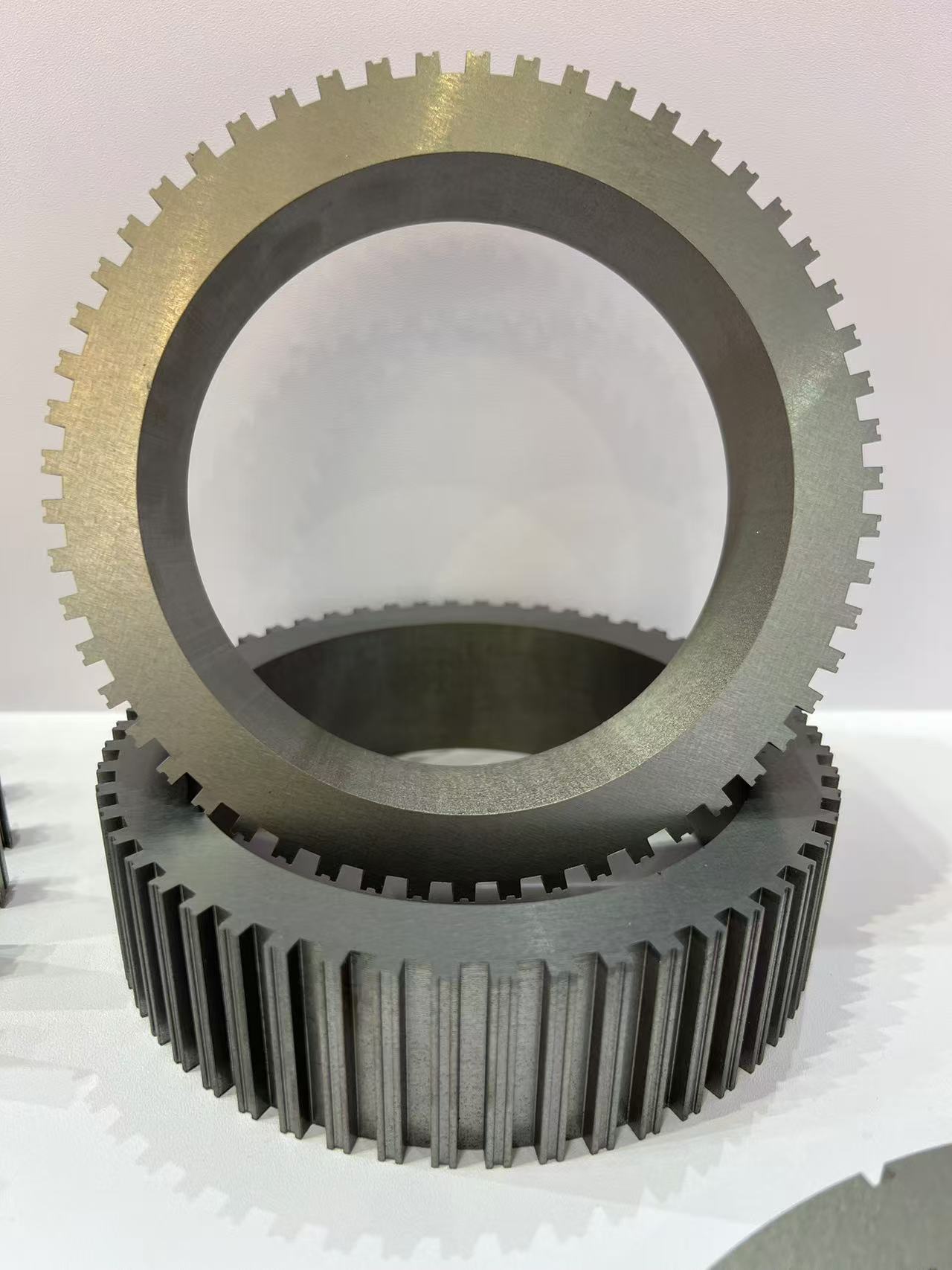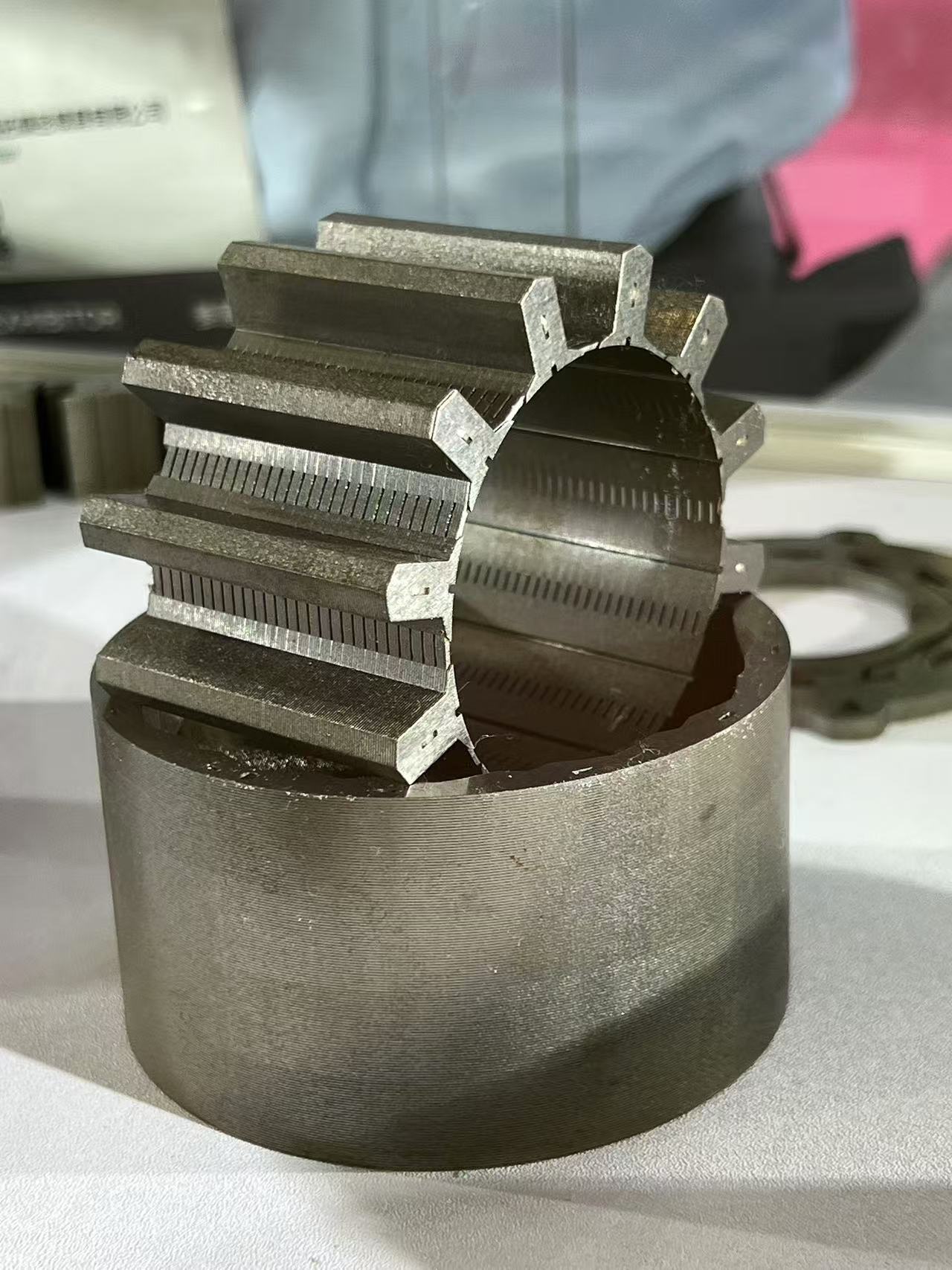What is the function of the drive motor iron core? In the field of electric motors, the interaction between the stator and rotor is crucial for efficient operation. At the heart of this interaction is the drive motor core, a fundamental component that has a significant impact on performance. The stator is a fixed part of the motor with an iron core inside. The core is typically made from laminated silicon steel and is designed to minimize energy loss due to eddy currents. Its main function is to generate a magnetic field when current flows through the stator winding. This magnetic field is critical to the operation of the rotor (the rotating part of the motor). The rotor is located within the magnetic field generated by the stator core. When the magnetic field fluctuates, it induces a current in the rotor, creating its own magnetic field. The interaction between the stator magnetic field and the rotor induced magnetic field creates torque, causing the rotor to rotate. The efficiency of the process depends largely on the properties of the iron core. The iron core also concentrates magnetic flux, improving the overall efficiency of the motor. A well-designed core reduces losses and improves the performance of the motor, allowing it to run at higher speeds and with more torque. In addition, the iron core helps dissipate heat, ensuring that the motor does not overheat during operation. To sum up, the drive motor core plays a vital role in the function of the stator and rotor. By generating and concentrating a magnetic field, it helps convert electrical energy into mechanical energy, making it an integral part of electric motor design. For anyone who wants to understand the intricacies of motor operation and efficiency, understanding the functionality of the core is crucial.


Post time: Oct-26-2024
